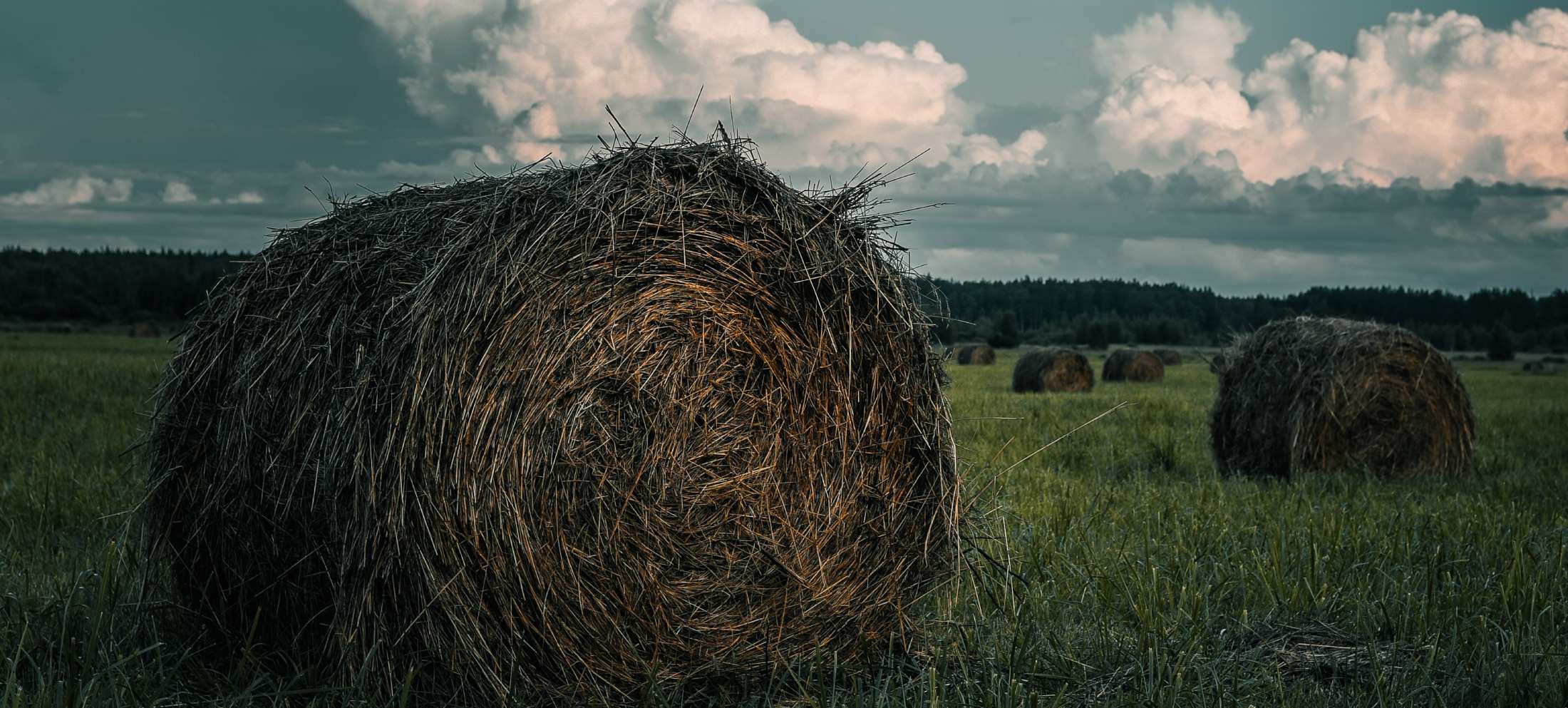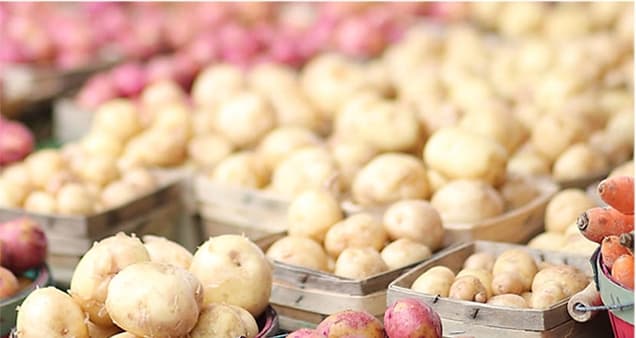With recent world events, markets are fluctuating, supply chains are struggling and costs are increasing. With the high costs of fertilizer, many farmers are re-evaluating their cropping systems for this year and trying to determine where some short-term savings can be found. We were lucky to have a good growing season last year and are coming into this season with a surplus of forage in many cases for livestock producers. This can help reduce the need to manage some fields to their optimum production this year, but other cropping systems may not have that luxury.
Ideally, farmers are routinely taking soil samples and developing their fertility plan by interpreting these results. Soil tests that have been collected within the last three years will provide information that is current enough to work with, as long as the nutrient applications for the crops grown over that time have been documented. If it’s been longer since any soil sampling was completed, it is recommended that this be the first step for the season. If you are going to make an investment in fertilizer, make sure you have some good information and advice to help in the decision-making process.
Before you place the fertilizer order, another important consideration is limestone. As soil pH decreases, so does the ability of plants to use the nutrients that are applied. It may be more economical to prioritize liming over fertilizers if soil pH is low. Limestone also contains calcium and varying amounts of magnesium which are both important nutrients for crop, livestock and human health. NSDA has opened the Limestone Trucking Assistance Program: https://novascotia.ca/programs/limestone-trucking-assistance/ for the season which provides support to farmers in transporting limestone to their farms.
Fertilizer Canada promotes 4R Nutrient Stewardship: https://fertilizercanada.ca/our-focus/stewardship/. It is increasingly important that farmers follow the 4 R’s to ensure the Right Source, at the Right Rate, at the Right Time and in the Right Place to maximize the benefits of the nutrients applied and minimize losses to the environment. Nitrogen management practices should be carefully considered. If you have experimented with different rates on your farm in the past, you may have a good idea of what rate to use to reach economically optimum yields. Qualified nutrient management professionals can calculate the most economic rate of fertilizer based on fertilizer price and projected yields.
Manure is a valuable source of N, P, and K as well as many secondary and micronutrients. Every effort should be made to maximize the efficiency of the nutrients contained in manure in order to reduce the amount of supplemental fertilizer required to meet crop needs. To increase the efficiency of manure, consider injecting liquid manure to reduce loss of nitrogen due to ammonia volatilization. Manure applications should also be prioritized on fields that require N, P, and K to maximize utilization of all three nutrients. Perennia is administering the new On-Farm Climate Action Fund (OFCAF) for Nova Scotia which supports new practices that aren’t currently being used on-farm. One of the three target areas is nitrogen management and the program will support agronomic services to develop farm-specific nutrient management plans, equipment modifications for fertilizer application in fields and soil sampling and analysis. For more information, visit: https://www.perennia.ca/ofcaf_nsnl/.
The OFCAF program will also support rotational grazing initiatives, e.g., developing grazing management plans, interior cross fencing and water system infrastructure. Developing smaller pasture paddocks and allowing areas to rest between grazing cycles can increase pasture productivity and extend the grazing season significantly. Investing in infrastructure to improve management can be a viable option to help offset fertilizer applications in a grazing situation.
Cover crops are also being supported through the OFCAF program. Cover crops are plants, like cereals (e.g. winter wheat, winter rye), legumes (e.g. clover) and others (e.g. Sudangrass). Cover crops are planted to protect and improve the soil rather than for the purpose of being harvested. Incorporating nitrogen fixing crops as covers or as part of a longer-term crop rotation can help add nitrogen to the soil. These are longer term investments that may not have an immediate impact, but over time will increase soil health and build organic matter.
There are also a number of alternative nutrient containing soil amendments that could benefit producers. Wood ash and lime stabilized bio-solids provide both liming and fertility benefits, but are also in high demand and availability is limited. Commercially available composts, from municipal or commercial operators, should also be considered, but it is recommended to visit the facility and observe the product prior to ordering to ensure it meets expectations.
Many of these suggestions to improve fertilizer and manure nutrient use are best practices that should be implemented – the current high fertilizer prices just increase their importance and impact. Any efforts that can enhance soil health and build soil resiliency will provide a buffer that gives you some additional flexibility in navigating short-term fertilizer price spikes today or in the future.



